What Magnification For Bird Watching ?
The recommended magnification for bird watching is typically between 8x and 10x. This range provides a good balance between magnification and field of view, allowing you to see birds up close while still being able to track them as they move. Higher magnifications may make it difficult to keep the bird in view, especially if you are not using a tripod or other stabilizing device. Additionally, higher magnifications may result in a narrower field of view, making it harder to locate birds in the first place. Ultimately, the best magnification for bird watching will depend on your personal preferences and the specific conditions in which you will be observing birds.
1、 Binocular magnification range for bird watching
What magnification for bird watching?
The ideal magnification for bird watching depends on various factors such as the distance between the observer and the bird, the lighting conditions, and the observer's personal preferences. Generally, bird watchers prefer binoculars with a magnification range of 8x to 10x. This range provides a good balance between magnification and field of view, allowing bird watchers to observe birds from a comfortable distance while still maintaining a wide field of view.
Binoculars with a magnification range of 8x to 10x are also easier to hold steady, which is important for observing birds in motion. Higher magnification binoculars, such as those with a magnification range of 12x or more, can be more difficult to hold steady and may require the use of a tripod or other stabilizing device.
However, it's important to note that magnification is not the only factor to consider when choosing binoculars for bird watching. Other important factors include the quality of the optics, the size and weight of the binoculars, and the durability of the construction.
In recent years, there has been a growing trend towards using binoculars with lower magnification ranges, such as 6x or 7x, for bird watching. These binoculars provide a wider field of view and are easier to hold steady, making them ideal for observing birds in flight or in dense foliage. However, they may not be suitable for observing birds at longer distances.
Ultimately, the best magnification for bird watching depends on the individual observer's needs and preferences. It's important to try out different binoculars and magnification ranges to find the one that works best for you.
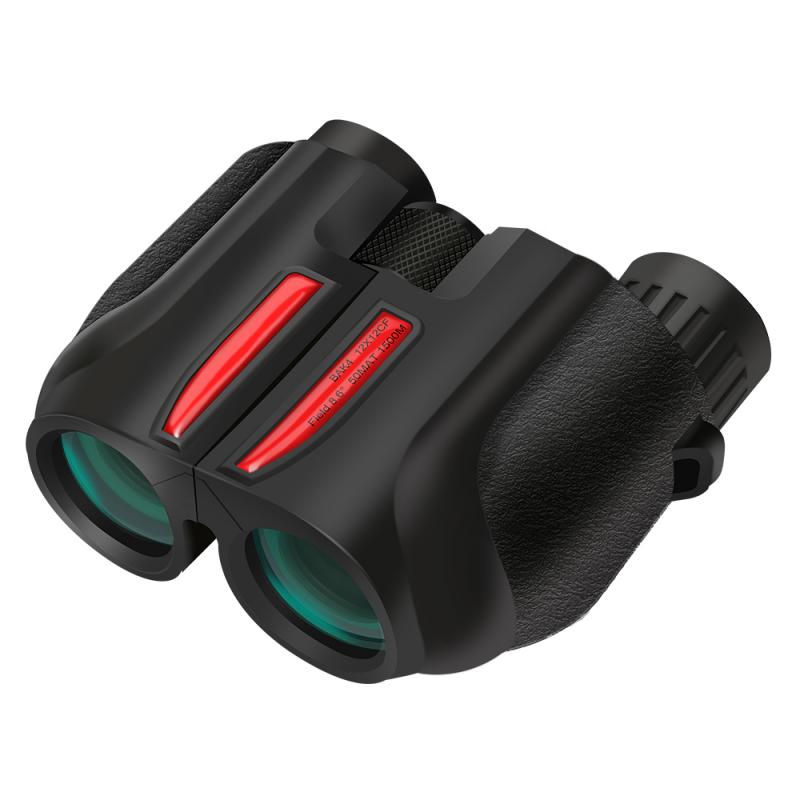
2、 Optimal magnification for bird identification
What magnification for bird watching? The optimal magnification for bird identification depends on various factors such as the distance between the observer and the bird, the lighting conditions, and the observer's experience level. Generally, bird watchers prefer magnifications between 8x and 10x for bird identification. These magnifications provide a good balance between image stability and field of view.
However, some bird watchers prefer higher magnifications such as 12x or 15x for more detailed observations. Higher magnifications can be useful for identifying small details such as feather patterns or distinguishing between similar species. However, higher magnifications can also make it more difficult to keep the image stable, especially if the observer is not using a tripod or other stabilizing equipment.
It's important to note that magnification is not the only factor to consider when choosing binoculars for bird watching. Other factors such as the quality of the optics, the size and weight of the binoculars, and the durability of the construction are also important considerations.
In recent years, there has been a growing trend towards using spotting scopes for bird watching. Spotting scopes offer higher magnifications than binoculars and can provide even more detailed observations. However, spotting scopes are typically larger and heavier than binoculars and require a tripod or other stabilizing equipment.
In conclusion, the optimal magnification for bird identification depends on various factors and can vary depending on the observer's preferences and experience level. Generally, magnifications between 8x and 10x provide a good balance between image stability and field of view for most bird watchers. However, higher magnifications can be useful for more detailed observations, and spotting scopes offer even higher magnifications for those who require them.
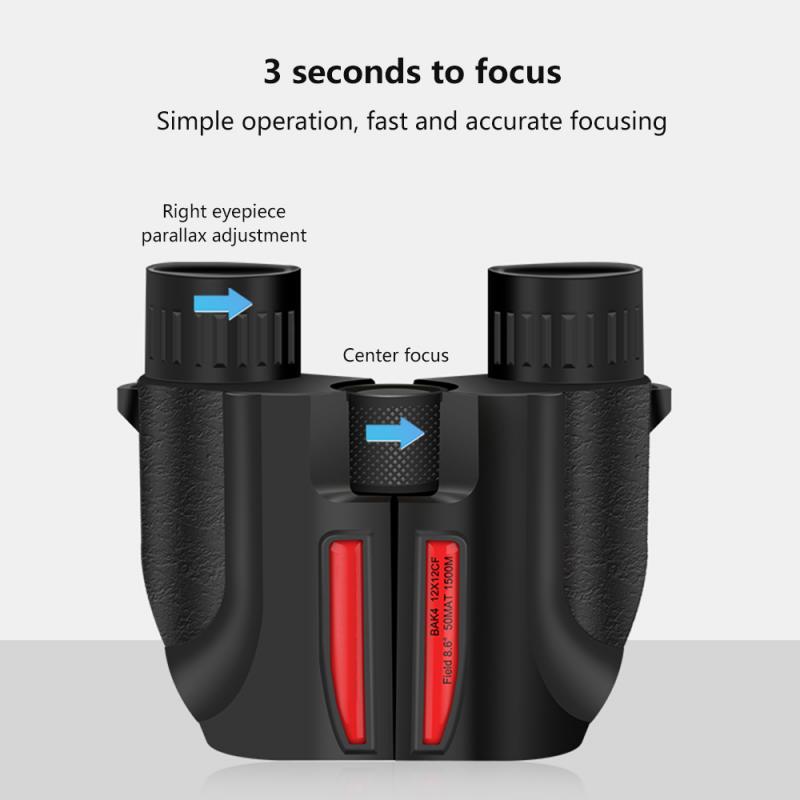
3、 Magnification and field of view trade-off
What magnification for bird watching? The answer to this question depends on several factors, including the distance between the observer and the bird, the lighting conditions, and the observer's personal preferences. However, one important consideration when choosing a magnification for bird watching is the trade-off between magnification and field of view.
Higher magnifications allow for more detail to be seen, but at the cost of a narrower field of view. This means that it may be more difficult to locate birds and track their movements, especially if they are flying or moving quickly. Lower magnifications, on the other hand, provide a wider field of view, making it easier to locate and track birds, but at the cost of less detail.
The latest point of view on this topic is that a magnification of 8x or 10x is generally recommended for bird watching. These magnifications provide a good balance between detail and field of view, making it easier to locate and observe birds while still providing enough magnification to see important details such as feather patterns and markings.
Ultimately, the best magnification for bird watching will depend on the individual observer's preferences and needs. Some bird watchers may prefer higher magnifications for more detailed observations, while others may prioritize a wider field of view for easier tracking of birds in flight. It is important to consider both factors when choosing a pair of binoculars for bird watching.

4、 Image stabilization and magnification
What magnification for bird watching? This is a common question among bird watchers who want to get the best view of their feathered friends. The answer is not straightforward as it depends on various factors such as the distance between the observer and the bird, the lighting conditions, and the observer's eyesight.
However, image stabilization and magnification are two features that can greatly enhance the bird watching experience. Image stabilization helps to reduce the shakiness of the image, making it easier to focus on the bird. Magnification, on the other hand, allows the observer to see the bird in greater detail.
The ideal magnification for bird watching is between 8x and 10x. This range provides a good balance between magnification and field of view. Higher magnifications may result in a narrower field of view, making it harder to locate birds. Lower magnifications may not provide enough detail for bird identification.
In recent years, there has been a trend towards using binoculars with lower magnifications and wider fields of view. This is because wider fields of view make it easier to locate birds, especially in dense foliage. Additionally, lower magnifications reduce the shakiness of the image, making it easier to observe birds in motion.
In conclusion, the ideal magnification for bird watching is between 8x and 10x. However, the latest trend is towards using binoculars with lower magnifications and wider fields of view. Ultimately, the best binoculars for bird watching are those that provide a clear and stable image, regardless of the magnification.
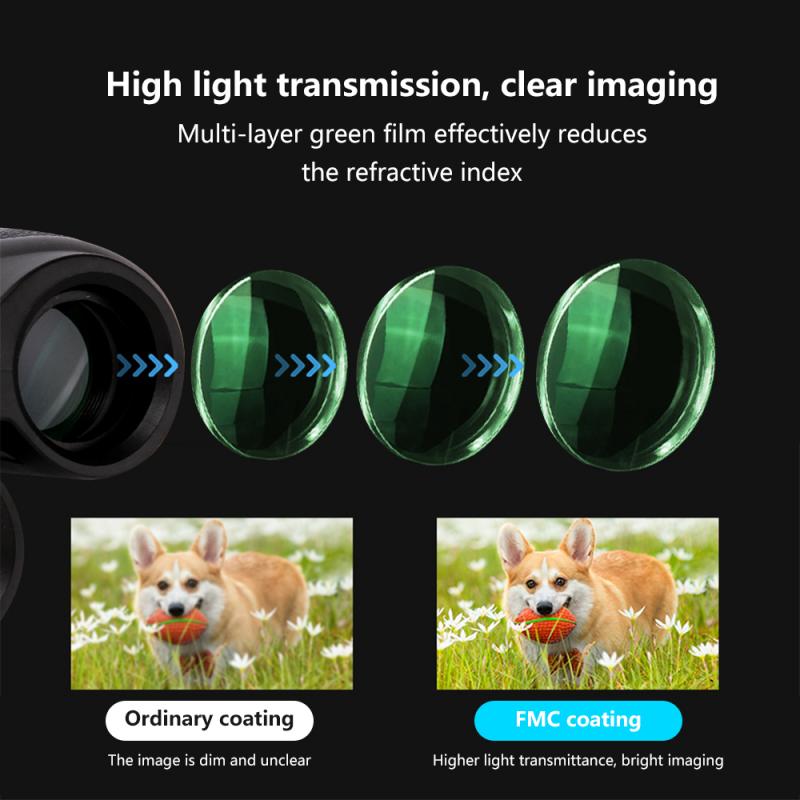


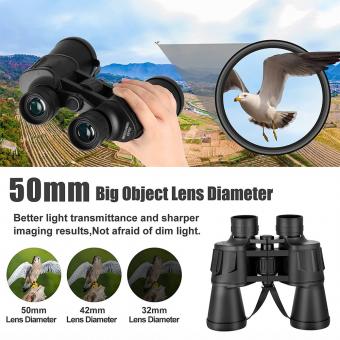




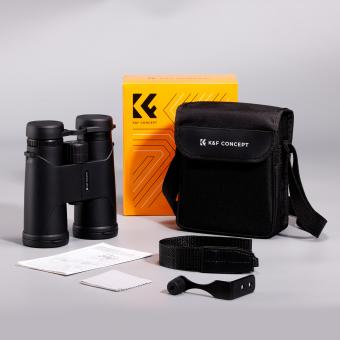



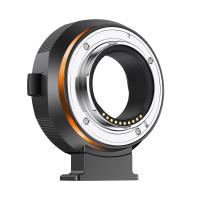

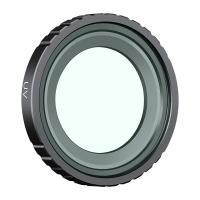
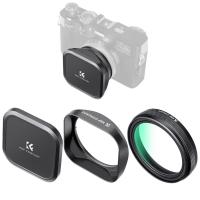





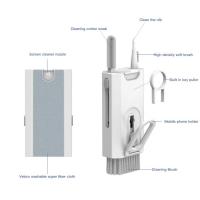


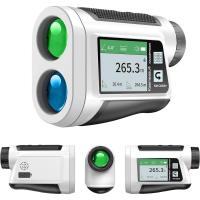




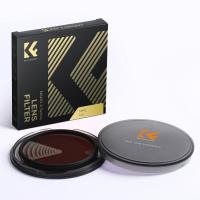
There are no comments for this blog.